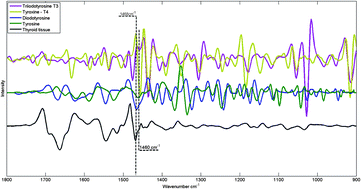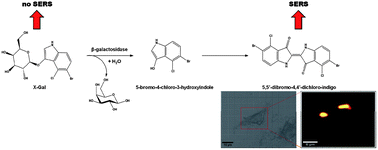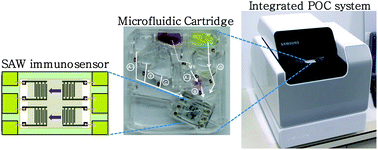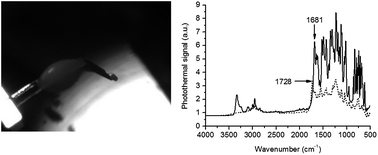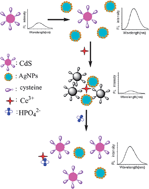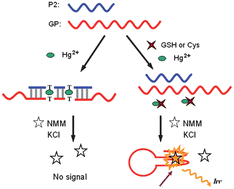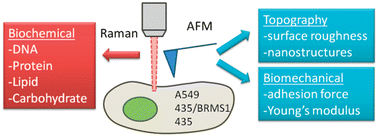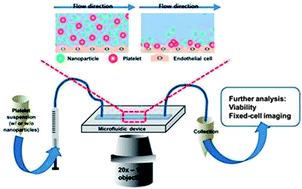
On-chip evaluation of platelet adhesion and aggregation
The use of nanoparticles in diagnostic and therapeutic roles requires that we understand their interactions and behaviour within complex biological systems. Where clinical applications would involve intravenous injection of nanoparticle-based therapeutics, it will be necessary to understand the interaction between nanoparticles and native blood components.
To address this issue, Christy Haynes and coworkers from the University of Minnesota, USA, have created a microfluidic device coated with endothelial cells to mimic the walls of the vascular system. This initial in vitro approach was carried out with both activated and unactivated platelets in the presence of various (therapeutically-relevant) concentrations of fluorescently-labelled, mesophorous silica nanoparticles. The impact of nanoparticles on the critical platelet functions of adhesion and aggregation was assessed.
Microfluidic platforms are readily customised and future work would be expected to expand upon these initial conditions to advance our understanding of nanotoxicology and interaction studies.
To read more about this study and the impact of nanoparticles on platelet interactions you can access this Analyst HOT Article free until 6 January 2014:
On-chip evaluation of platelet adhesion and aggregation upon exposure to mesoporous silica nanoparticles
Donghyuk Kim, Solaire Finkenstaedt-Quinn, Katie R. Hurley, Joseph T. Buchman and Christy L. Haynes
Analyst, 2014, Advance Article
DOI: 10.1039/C3AN01679J











